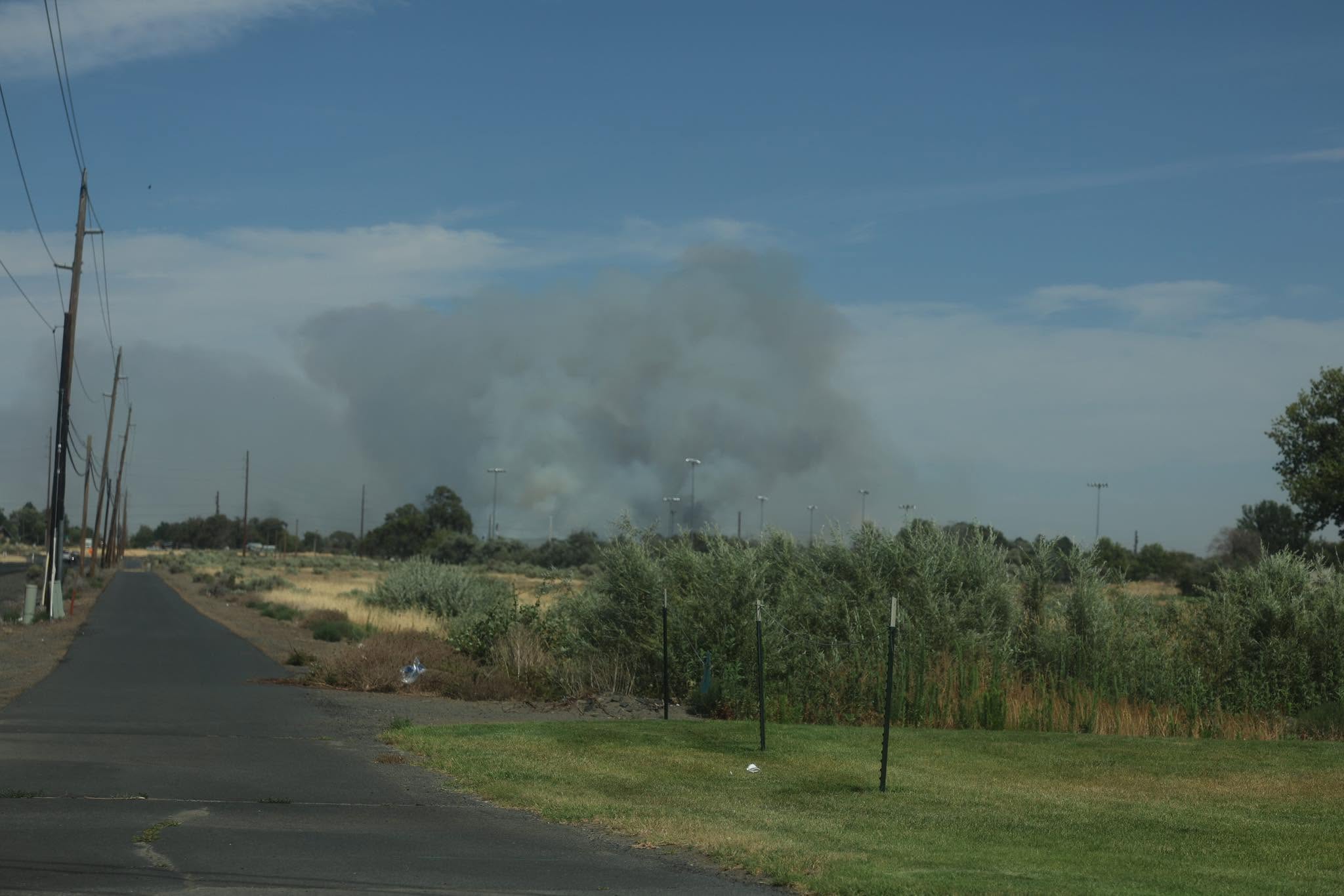Now’s the time to do some basic pruning
Published 2:55 pm Friday, January 23, 2009
Winter and early spring are the best times to inspect your trees and shrubs and determine whether you need to prune.
It’s the time of year when your trees are dormant, the sap is down and without leaves it is possible to see the basic structure.
For most of us home gardeners, pruning is required if a plant is overgrowing its boundary, you desire to give it a specific shape, or need to prune out the deadwood. To do all this you need the proper tools.
Invest in a set of good pruning shears, lopping shears and hand pruning saw. For shaping you may need hedge trimmers. Unless you have really large branches, this should do the job. Keep in mind that every time you cut a limb or pinch out a tip you stop growth in one direction and encourage it in another.
I like to start off with the obvious problems. Remove the suckers growing around the base of the tree (with some varieties of trees this will need to be done throughout the summer also). Remove broken or damaged limbs, rubbing branches, and waterspouts.
Dead limbs are hard to differentiate and may have to wait until later in the spring when things start to green up. If you have arborvitae that sustained snow damage, remove the broken branches, but if the snow simply pushed the limbs out, repair by wrapping twine around the plant. Often this will restore the tree shape, but if not, just leave the wrapping on.
Once the obvious cuts are made then stand back and decide what or if more pruning is desired. With trees you may want to prune lower branches to a height high enough to mow under. With younger trees, do this gradually over time as the tree grows. You can also thin out entire branches for a more open or balanced look.
Make your cuts on a slant just above the branch collar. You can “head back” branches that are growing out too far, perhaps growing under the eaves or rubbing against the house. Cut the branch back to a bud that is pointing in the direction you want it to grow.
“Pinching” is another technique used to stimulate outward new growth. And you can also remove the tip of a central leader, to encourage side branches to grow. By removing the central leader you will change the normal look of the tree and arrest its upward growth.
Some trees have two central leaders and one can be removed to improve the tree’s appearance. Conversely, you can pinch tips of side branches to encourage branches to grow up rather than out by trimming back to an out and upward-pointing bud.
You can prune your summer- and fall-blooming shrubs now too. (Not the spring blooming!). Generally, it is good practice to remove about 1/3 of the older stems entirely. With them out of the way you can thin out the rest of the shrub and shape the exterior appearance.
Some pruning should not be done until spring. Roses should be done quite late. Boxwood and privet, unless they are in a protected area, seem to get cold weather tip damage. Wait until deep cold has passed. And to arrest pine growth remove the candles before the needles develop.
When you get to the point in your pruning that you wonder if you should stop or continue, probably you should stop. You will get another shot at this next year. If your job appears bigger than you can handle, by all means call in a professional.
Joan Heihn of Hermiston is a gardening enthusiast and OSU/Umatilla County Master Gardener. Readers may e-mail her at joanieh@eotnet.net.









